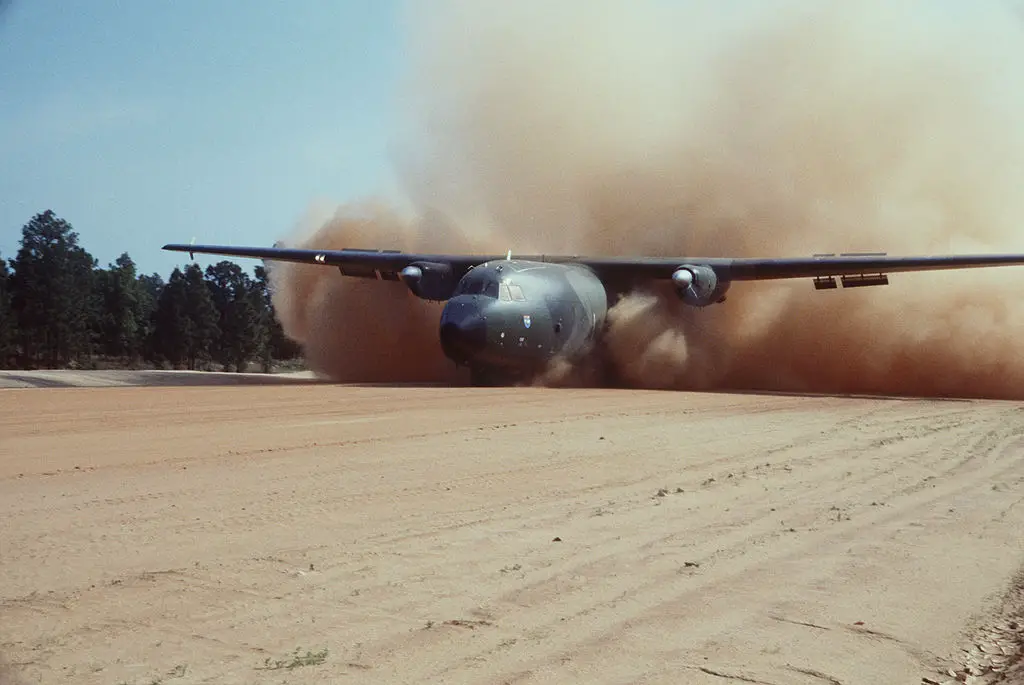The Transall C-160 is a military transport aircraft, produced as a joint venture between France and Germany. “Transall” is an abbreviation of the manufacturing consortium Transporter Allianz, comprising the companies of MBB, Aerospatiale and VFW-Fokker. It was initially developed to meet the requirements for a modern transport aircraft for the French and German Air Forces; export sales were also made to South Africa and to Turkey, as well as a small number to civilian operators. The C-160 remained in service more than 50 years after the type’s first flight in 1963. It has provided logistical support to overseas operations and has served in specialist roles such as an aerial refueling tanker, electronic intelligence gathering and as a communications platform. The C-160 is expected to be replaced in French and German service by the Airbus A400M Atlas.

The Transall C-160 is a twin-engine tactical transport featuring a cargo hold, a rear-access ramp beneath an upswept tail, a high-mounted wing and turboprop engines. The C-160 is designed to perform cargo and troop transport duties, aerial delivery of supplies and equis designed to be compatible with international railway loading gauges to simplify cargo logistics and loading. in flight the cargo area is pressurised and kept at a constant temperature by integrated air conditioning systems. One aspect of the C-160 that made the type well suited to tactical operations was the type’s short airfield performance; including the ability to perform steep descents of up to 20 degrees and perform landings on airstrips as short as 400 meters. In the airlift role, a later production C-160 could carry up to 8.5 tons across a distance of 5,000 kilometers, and take off from airstrips as short as 700 meters.

An updated second generation of the C-160 was produced during the 1980s. Amongst changes made, the new variant was equipped with additional fuel tankage, aerial refuelling probes and enhanced avionics. While there were considerable changes to instrumentation, including the navigational and autopilot systems, the second generation C-160 retained the original operating characteristics to simplify crew transfers between types. The C-160 proved to be a versatile aircraft, leading to a long operational service life. Between its introduction and 1999, approximately 2000 modifications and upgrades were incorporated upon the type, split 60/40 between the structure and equipment respectively. Other improvements and additions to the type include kevlar armour, electronic warfare management systems, chaff/flare dispensers, missile approach warning systems and TCAS collision warning system.

From 1981 on, some new C-160 reached the wings of Armee de l’Air. The now C-160NG (Nouvelle Generation, New Generation) called aircraft has a fifth fuel tank in the middle of the wing above the fuselage, a refueling probe while the left side cargo door was removed. Some first-production series C-160F were fitted with the NG-versions changes and renamed C-160R (Renové). Beside these changes, French Air Force introduced the C-160G Gabriel, a version for electronic reconnaissance, easily to distinguish because of the antennas fitted to the aircraft. Until the early 2000s, also the C-160H Astarte was used, while Astarté (Avion Station Relais de Transmissions Exceptionelles), meaning “airborne relay station for special transmissions”, was used for communication with submerged French nuclear submarines.















